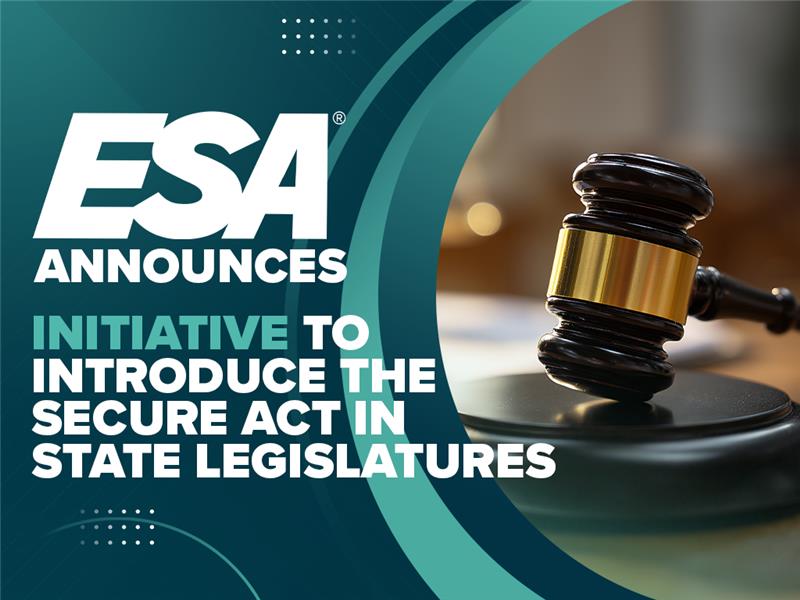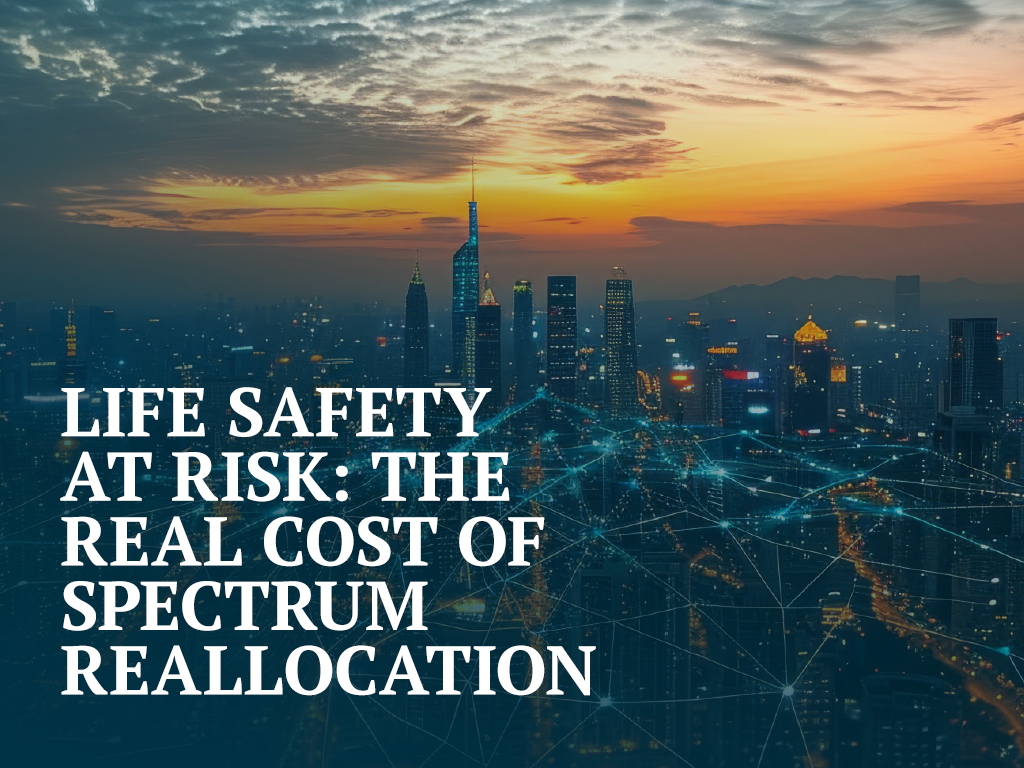After years of providing funds to study and research the cause of mass shooter attacks and theoretical approaches to preventing them in schools, Congress now appears ready to authorize meaningful funding to detect, deter and when possible, prevent future attacks. The Senate version of “Students, Teachers and Officers Preventing (STOP) School Violence Act of 2018”, introduced by Senator Orrin Hatch (R-UT), is the first federal bill that takes a holistic approach to make schools safer with sound security measures. After years of providing funds to study and research the cause of mass shooter attacks and theoretical approaches to preventing them in schools, Congress now appears ready to authorize meaningful funding to detect, deter and when possible, prevent future attacks.
The Senate version of “Students, Teachers and Officers Preventing (STOP) School Violence Act of 2018”, introduced by Senator Orrin Hatch (R-UT), is the first federal bill that takes a holistic approach to make schools safer with sound security measures.
Due in no small part to the tragic mass shooting in Parkland, Florida on February 14th, it is believed this bill has viability considering bi-partisan support.
S. 2495, amends the previously filed House version (H.R. 4909) in significant ways by providing $100 million annually for Fiscal Years 2019-2028 and $75 million for FY 2018. While $1 billion over the next 10 years is a virtual ‘drop in the bucket; considering the fiscal needs, it is a start and it serves as a driver for more state and local funding.
The bill calls for “evidence-based training, technology, and equipment and technical assistance” to improve school security and prevent future acts of violence. This includes funding for the development and operation of anonymous reporting systems, school threat assessment and crisis intervention teams that may include coordination with local law enforcement agencies and school personnel.
It will also provide training for school officials who respond to mental health crises. Funding will be provided to states through grants, with needs-based considerations.
However, all of these provisions are meaningful only to the degree that the term, “evidence-based” is meaningful. Left in that vague domain of the Washington bureaucracy, the term “evidence-based” could be interpreted to mean almost any form of “evidence” that something works, even if mountains of other “evidence” says it doesn’t.
With that in mind, Senator Hatch wisely provided a base-line definition for “evidence-based” which, in the case of technology or equipment, is:
Consistent with best practices for school security, including –
Applicable standards for school security established by a Federal or State government agency; and
Findings and recommendations of public commissions and task forces established to make recommendations or set standards for school security; and
Compliant with all applicable codes, including building and life safety codes.
The last provision is especially important for those in the life safety industry who have seen the internet promotions (and now coming in the form of some state legislation) that advocate door blocking measures that prohibit egress from classrooms and buildings.
For anyone who is concerned about school safety, the answer to securing classrooms will not be found by trying to prevent intrusions into a classroom with sliding barricades, bars, aprons and bolts, that simultaneously block egress.
On March 1, 2018, ESA submitted a letter of support for this legislation to Senator Hatch and Senator Amy Klobuchar and we are pleased to see this bill garner wide support in the Senate leadership. We will keep track of the bill progress and make sure you are kept apprise as it moves through Congress.




